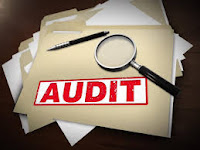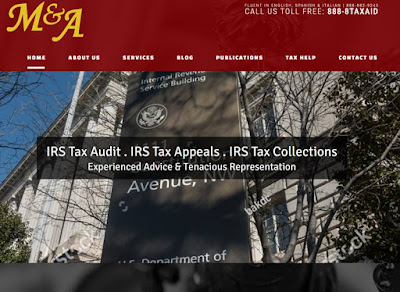As we discussed in Trends in IRS audits – Part I, the IRS’s auditing power has been greatly diminished in the past decade and according to accountinTODAY, while most taxpayers envision Internal Revenue Service audits as intrusive investigations resulting in criminal sentences. Today, nothing could be farther than the truth.
As we discussed in Trends in IRS audits – Part I:
- Most audits are done by mail.
- The main issue in audits: The EITC. and
- An alarming amount of people do not respond to an audit
4. The most common IRS challenge to a return is not an audit - The dreaded CP2000 Automated Underreporter notice is current three times more prevalent than an IRS audit. The CP2000 program utilizes IRS information returns (W-2s and 1099s) to match them against the filed return to discover discrepancies. A discrepancy may result in a CP2000 notice proposing additional tax (and possibly penalties) to the return. Most taxpayers do not realize (or care for that matter) that a CP2000 is not an audit. The CP2000 is less intrusive than an audit because the IRS is not allowed to examine the taxpayer’s books and records. However, for most taxpayers, the difference does not matter. The average amount owed for a CP2000 notice in 2018: $1,773.
However, there is good news for taxpayers: Even the mostly automated underreporter process has been cut back due to lack of IRS resources.

5. The IRS knows who to audit -The audit change rate was 89 percent for all taxpayer types in 2018. In fact, the audit change rate has been between 81 percent and 89 percent since 2005. When the IRS selects a return for audit, they pretty much know it will likely result in an adjustment.

6. Field audits are rare, but expensive - In 2018, the IRS hit an all time low for the number of field audits conducted. Field audits are the most comprehensive, and are saved for complex taxpayers and situations — like businesses and tax avoidance schemes. The IRS has said that their audits have a great return on investment and reduction of audit results in large amounts lost to the U.S. Treasury.
The numbers support the IRS. In 2018, the average amount owed in a field audit was $85,400. Luckily for taxpayers, the IRS only conducted just under a quarter of a million field audits in 2018.

7. Want your business to escape audit? Be an S corp or partnership - The IRS continues to struggle to audit S corp and partnership returns. This situation is likely to get worse as the more experienced IRS business auditors continue to retire. Audit rates for S corps and partnerships are both 0.22 percent or, put another way, 1 in every 455 passthrough entities were examined in 2018. It is no wonder that the number of S corporations have increased by 38 percent from 2005 to 2018 (3.5 million in 2005 versus 4.85 million in 2018).

Have a Tax Audit Problem?
Read more at: Tax Times blog







